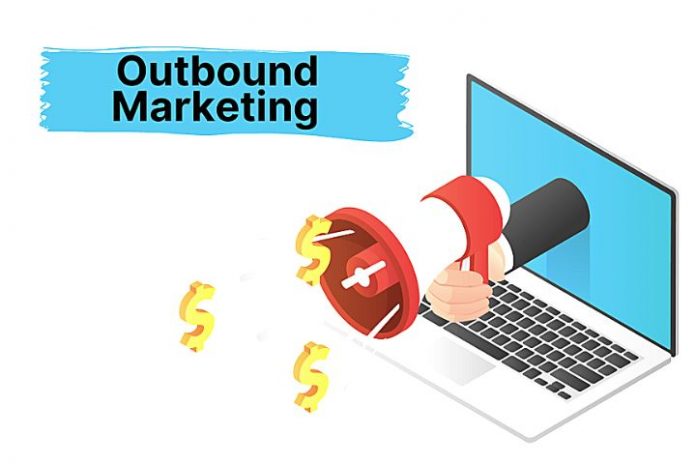The relationship between business and consumer is constantly changing and evolving. Trying to predict the public and increase sales, new methodologies and ways to improve this relationship are always sought, and outbound marketing is one of them!
In this article, you will find everything you need to know about Outbound Marketing for startups and how to apply this method to your company.
- What is Outbound Marketing;
- Differences between Outbound and Inbound Marketing;
- Outbound 2.0;
That way, it will be easy to understand why and how to set up the strategy in your company and what role each employee will play in this mission.
With this technique, you can increase your sales through effective marketing. After all, prospecting for new customers is essential to keep the business activities in the market, and outbound marketing can help you with that!
What Is Outbound Marketing?
To understand outbound marketing, you first need to know what sales prospecting is. Prospecting, or pre-sales, as the name implies, is a technique based on winning over the customer.
Outbound marketing works precisely in this area: it actively participates in acquiring new customers, approaching potential consumers who correspond to your brand’s ideal customer profile.
The ideal profile is identified by a set of data and information (including forms and customer feedback) that define a purchasing persona for your company. That is a semi-fictional character with the characteristics of the people closest to buying your product or service.
With the persona defined, outbound marketing can work more efficiently and bring more customers to your company.
But what is the difference between inbound and outbound marketing in practice? Keep following to find out!
Differences Between Outbound And Inbound Marketing
The immediate difference between these two strategies is that inbound marketing seeks to capture leads (potential customers) passively, while outbound marketing acts actively.
That is, while inbound marketing uses methods for the consumer to come to the brand, outbound searches on their own through other mechanisms.
One of the most classic outbound techniques is the sales approach. The salesperson or attendant approaches the potential customer with information about the brand and product, seeking to arouse interest that, thanks to the well-defined persona, probably already exists even before the first contact.
Among examples of active prospecting, or outbound marketing, we can mention:
- telemarketing (call to potential customers with a product or service approach);
- outdoors;
- TV, radio and advertising in general;
- Internet ads such as Facebook Ads and Google Ads.
By way of comparison, while outbound works in these areas, inbound marketing will focus on:
- creating articles for the site’s blog;
- posting on social media to increase brand engagement;
- creation of newsletter and email marketing;
- e-books and infographics;
- webinars and lectures.
There are countless strategies! Inbound marketing has become a trend among startups in recent years, but that doesn’t mean outbound marketing should be left out. After all, it’s no wonder that sales and consulting services are still significant for business.
Both strategies are essential to maintain the brand’s relevance in the market. In addition, if you use both techniques in your startup correctly, the possibility of sales will increase.
After all, with a complete marketing strategy, it is possible to win consumers on both sides of the coin: looking for them or making them come to you and your company!
Outbound 2.0
Despite being a technique recently popularized, it is not today that the outbound strategy was developed. This can be considered a technique that has existed since the creation of the seller!
We’ve already learned that with Inbound Marketing, content comes to you. But outbound marketing, which takes the content to the consumer, has been around since the old Coca-Cola advertisements, for example, originated from Traditional Marketing.
And as the relationship between company and brand is constantly changing, the outbound marketing strategy has also needed updates over the years aiming, of course, for new market research.
Also Read: What Is Content Marketing: Definition, Guide, Strategy + Examples


